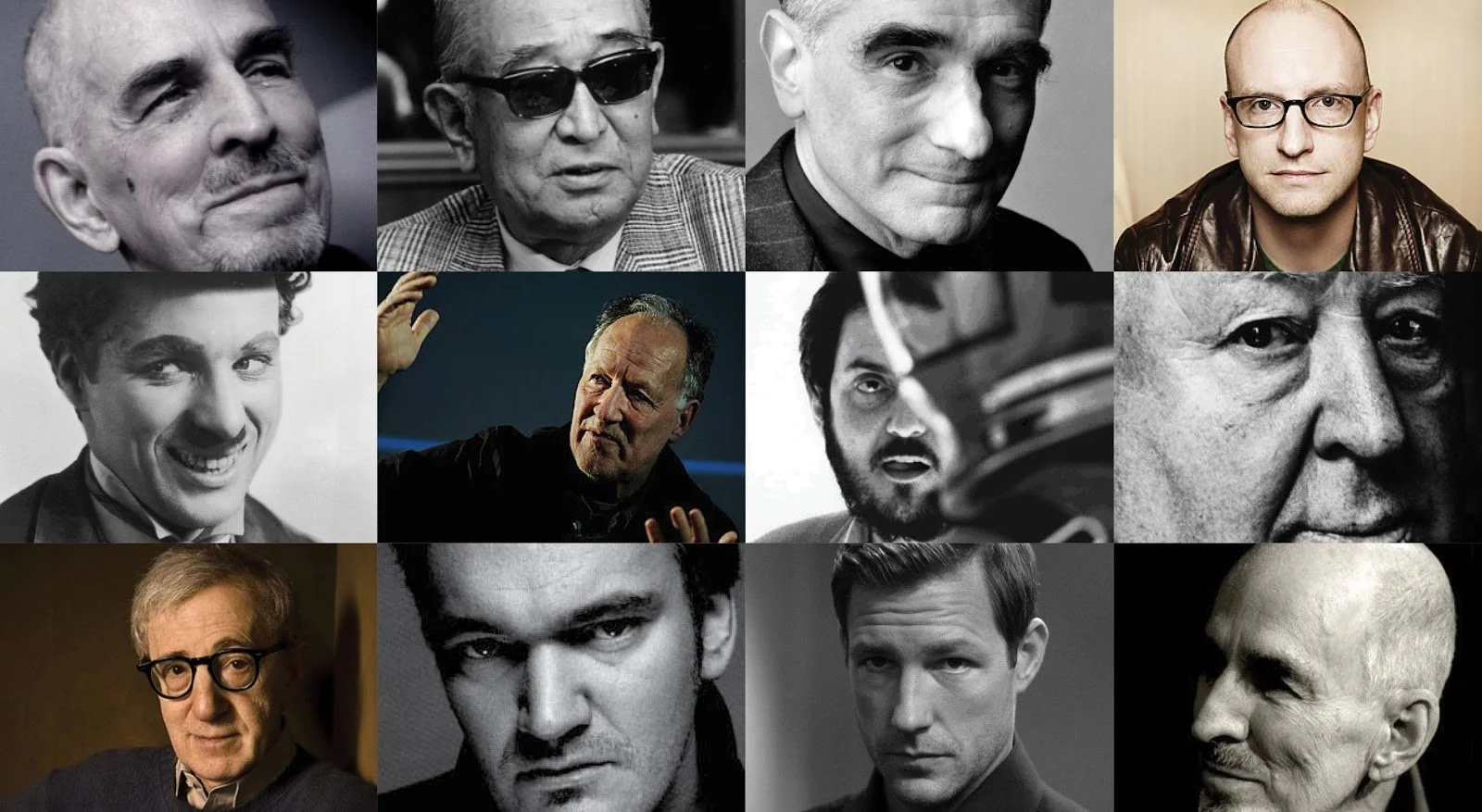Film directing is the process of guiding and overseeing all aspects of a movie's production to bring a cohesive vision to life. A skilled film director not only manages the technical aspects but also influences the artistic and emotional elements of the film. Some examples will include, among many others:
Visual Storytelling: Steven Spielberg is a master of visual storytelling. In films like "E.T. the Extra-Terrestrial" (1982) and "Jurassic Park" (1993), he effectively uses camera angles, framing, and editing to convey the story and create a sense of wonder and adventure.
Performance Direction: Martin Scorsese is known for his strong directorial influence on actors. In films like "Taxi Driver" (1976) and "Raging Bull" (1980), he has drawn powerful and emotionally charged performances from his cast.
Pacing and Rhythm: Quentin Tarantino is celebrated for his unique pacing and rhythm in films like "Pulp Fiction" (1994) and "Kill Bill" (2003). His use of nonlinear storytelling and distinct editing style adds to the films' impact.
Creating Atmosphere: Guillermo del Toro is a master of creating atmospheric and visually stunning films like "Pan's Labyrinth" (2006) and "The Shape of Water" (2017). His distinctive visual style and attention to detail immerse the audience in fantastical worlds.
Cinematic Language: Akira Kurosawa is renowned for his use of cinematic language. In films like "Rashomon" (1950) and "Seven Samurai" (1954), he employed innovative camera movements and editing techniques to tell complex stories.
